A few days ago, I sat down to write a blog about Bristlecone Pine trees. As an introduction I was going to briefly describe an earlier interest of mine in paleontology. The intro became longer and longer as I looked for old photographs and reminisced. Soon I realized this had to be a blog of its own. In fact, it will be two blogs. So without further ado, here is the first one “Triassic Park 2000.”
Introduction
When I was younger, in the year 2000 and again in 2002, I had volunteered to participate in fossil explorations in the Ischigualasto Provincial Park, a.k.a. “Valle de la Luna,” located in northwestern Argentina. Paleontology, being one of my passions, made this irresistible. (Another reason was so I could go on a 2-week vacation with no chance that my boss could contact me.)
The person responsible for creating the park was the paleontologist William Sill, whom I first met when I arrived in the town of San Juan. The two researchers our team would go out to the field with were Oscar Alcober and Ricardo Martínez. You can read more about the park’s fascinating history here.
The most interesting aspects of this opportunity for me was that the Ischigualasto formation is from the Triassic period when it is believed that dinosaurs first evolved. They were not dominant yet and not as large as they would grow to later. Further, it is believed that mammalian ancestors also evolved sometime during the Triassic and the team hoped to find evidence of early mammals here. Alas, we didn’t find any such fossils. But for me, it was still an experience that would last a lifetime.
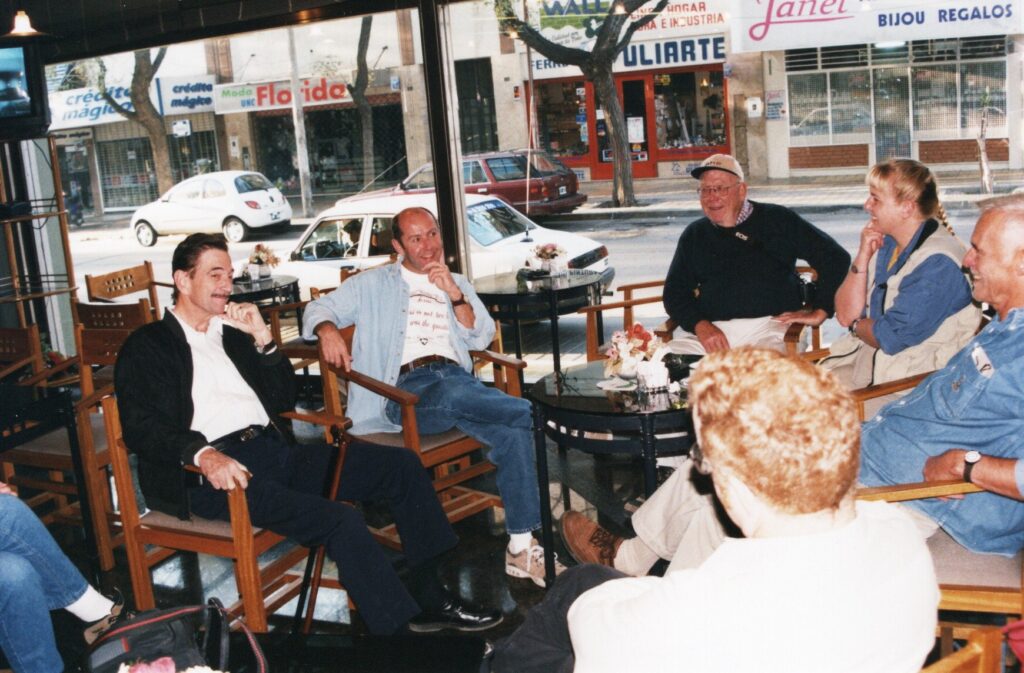
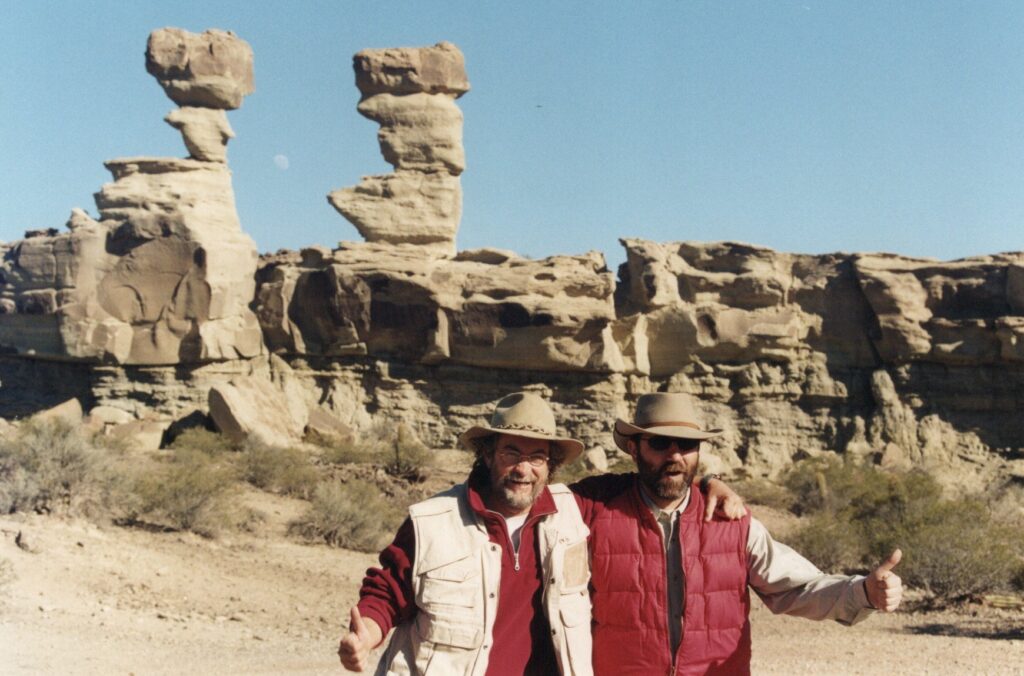
To give a sense of the type of fossils we would encounter, this image (which I found on Wikipedia) is a composite of drawings to scale of the different types of animals that have been found in the Ischigualasto formation.
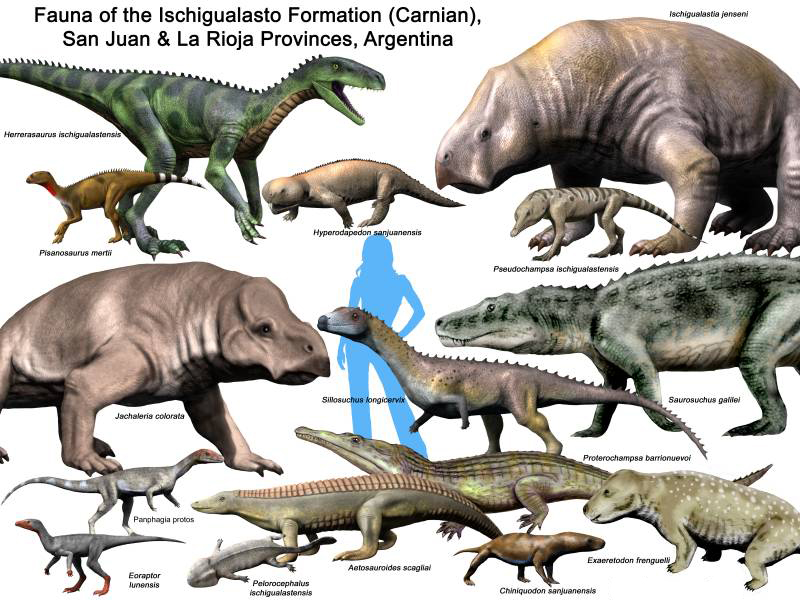
The Beginning
The trip began with a flight to Buenos Aires, Argentina and a transfer to San Juan, where I would meet the researchers and the team of volunteers. After a one-night stay in a nice hotel, we would all leave for the site and setup camp. Along the way, we traveled through the Valle de Fértil, a major wine growing region in Argentina. The park is actually located in this region even though it is decidedly not fertile. Yes, we did pick up lots of wine on the way to the site.
The fossil bearing formation is composed of Bentonite clay, known as badlands, since it is unsuitable for growing. Something familiar to us in Utah. But it makes for spectacular scenery. We set up camp on the side of a wash and would stay here for two weeks.
The gallery below shows scenes from the Ischigualasto formation. (Note: click any photo in the gallery to see it in full size and scroll through all.)
Fossil Exploration
After the first night in camp, we would begin exploring for fossils. We would find fossils of some of the animals pictured above, such as Rhynchosaurs, an Aetosaur, an Herrerasaurus, and a species of Dicynodont. (Click through the links to learn more about each of them.) The description of each photo in order is shown below just above the gallery.
- Our introduction for what to look for started with these concretions, possibly containing fragments of bones.
- A field of concretions with a large bone next to a dental pick, probably a Rhynchosaur.
- A very large field of bones, which I and another volunteer (pictured) found. It was an Aetosaur, a large crocodile like animal.
- A closeup of the Aetosaur showing fossil scutes (bony armor surrounding the animal in the skin).
- A large thigh bone, also probably from a Rhynchosaur.
- A partial spine and possibly ribcage of an Herrerasaurus, a meat-eating dinosaur approximately the height of a human. One of the earliest dinosaurs.
- The lower jaw of a Dicynodont with teeth still in the jaw.
- The skull, including eye sockets, of a Dicynodont.
The researchers found the Aeotosaur quite interesting at first. They spent several days trying to piece it together. Eventually, however, they gave up in disgust and nicknamed it an Explodosaur instead. Oh well, can’t win them all.
Another interesting find I came across was a field of Dicynodonts (last two pictures above). It was quite moving to be out searching when suddenly a clearly defined jaw with teeth, still embedded in the jaw, comes into view. Then you realize, not just one, but several. Excitedly, I brought the researchers to see. After poking around a bit and noticing some yellow pieces of plaster scattered about, they realized this was a fossil bearing field already found and described by one of the foremost authorities in vertebrate evolution, Alfred Romer, in the 1950’s. It was quite moving to realize I was following in his footsteps.
Fossil Extraction
After finding fossils and deciding which ones to extract, the hard work began. Sometimes it involved dusting the desert; that is clearing soft material from around fossils to see how extensive they are. Then plastering over the surface of the fossil. Then finally cutting out rock using a rock saw from around the plastered over fossil. Later the large chunk of rock with the plaster top would be taken back to the lab and the careful work of removing the fossils from the rock would begin.
It should be noted that bentonite clay is extremely hard but will absorb water. The water does not absorb deeply, however, because it expands when when wet which prevents the water from penetrating more than a few inches. After the surface dries, it turns almost to dust. That is why we see the soft surface where the fossils are visible, but why deeper clay has to be cut with a rocksaw.
Volunteer Life
Besides the work, we also had some down time where we could share stuff about each other, share the cooking duties, and share some of the wine we picked up on the way. With dinner each night, Maté Jim, a nickname given to one of the volunteers to distinguish him from the other Jim, would go around and offer everyone “red or white” referring to the type of wine.
Below is a photo gallery of volunteers (including yours truly). By the way, the reference to the Unabomber in the last photo was from a cold early morning before I had my first cup of coffee. I was sitting with a sweatshirt with the hood up and starting to get good stubble on my face. One of my fellow volunteers came up behind me and after a short pause said, “It’s the Unabomber!”
Conclusion
And that concludes the story of my first visit to Argentina. I returned two years later for one more round and this second visit will be the subject of my next blog, “Triassic Park 2002 – The Return.”
I will leave you with some light comedy. One of the volunteers made some cartoon drawings and gave us all copies. The cartoons all kind of pick on the volunteers in a good-natured way, so perhaps you need to know a bit about each of us to fully get it. You will find one about me on page 7 which came about because I accidentally used the word hieroglyph instead of petroglyph. (See the gallery below.)

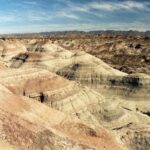
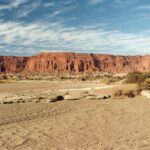
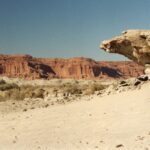
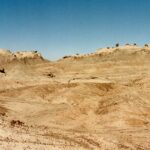
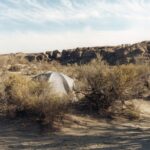
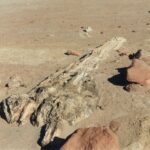
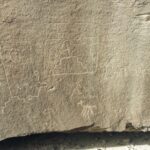
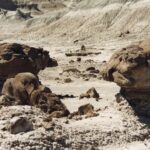
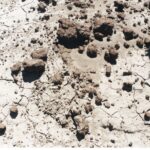
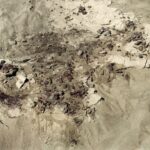
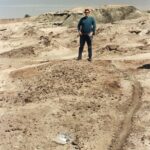
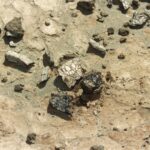
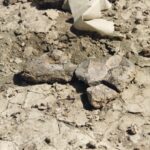
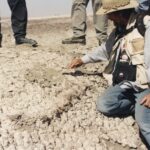


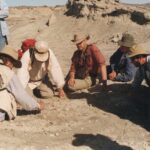
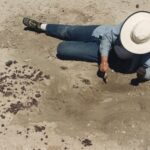
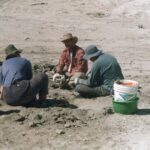
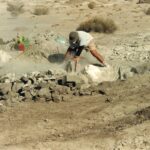
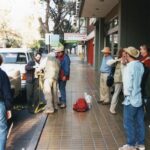
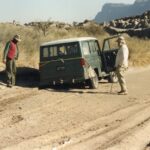
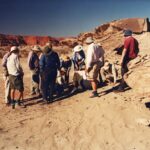
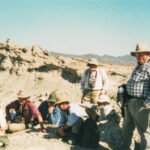
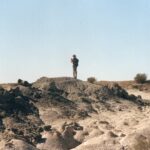
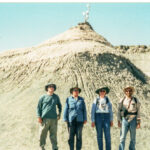
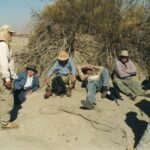
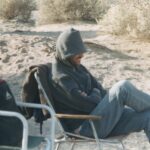

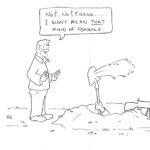
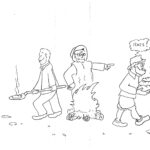
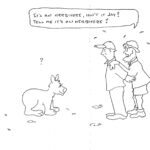
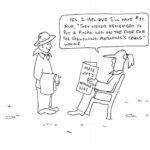
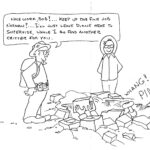
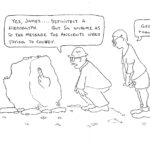
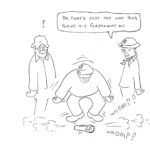
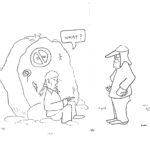
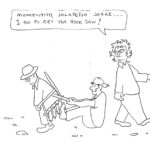
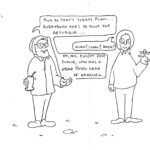
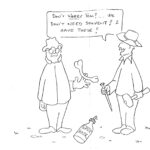
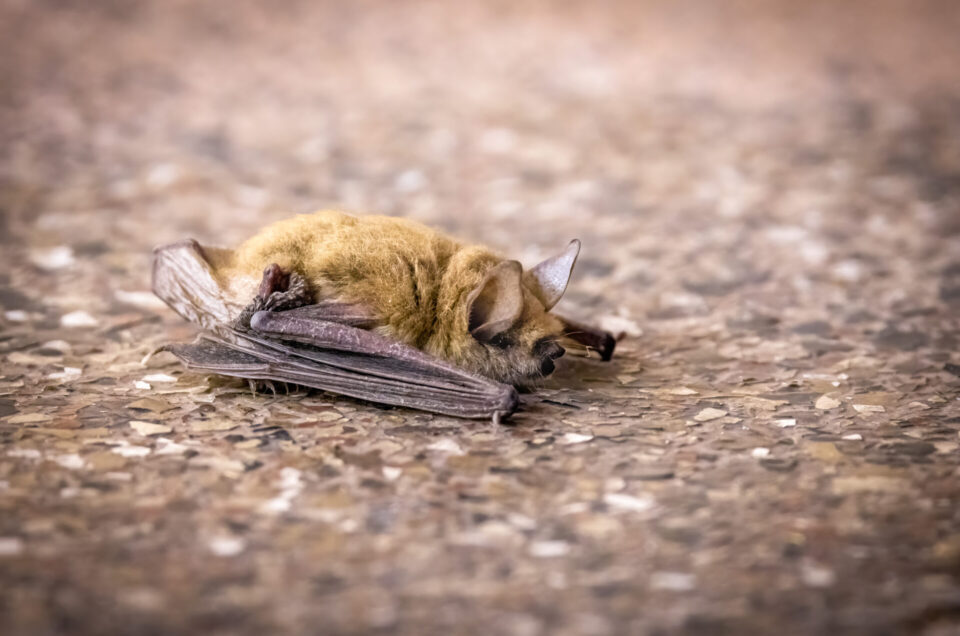
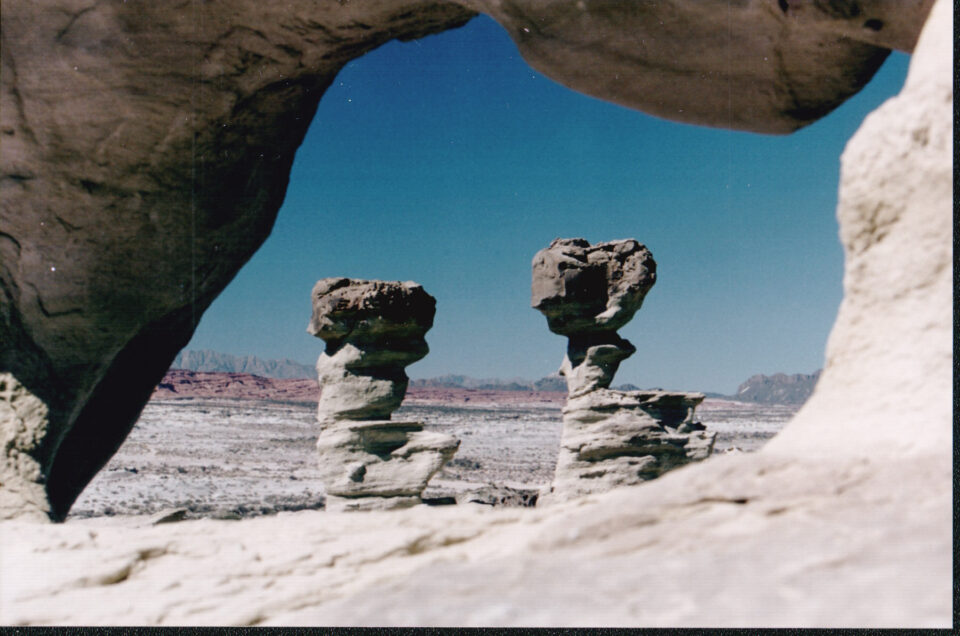


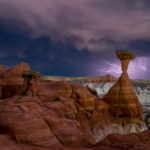

Leave a reply